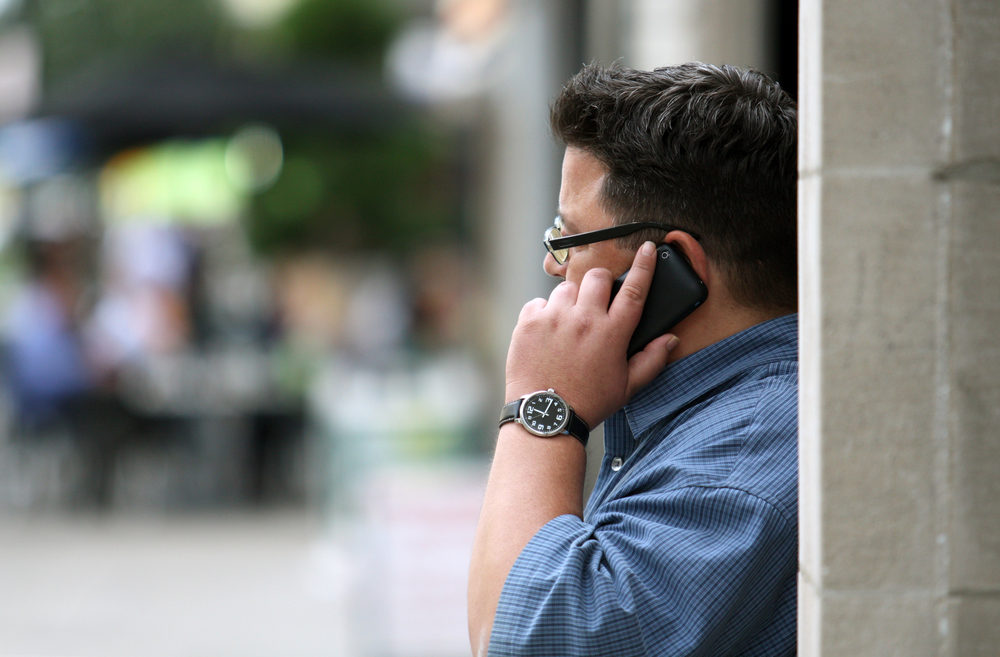Cell Phone Radiation Warning Requirements in Berkeley Upheld By Judge

A federal judge ruled on Monday to uphold an ordinance in Berkeley, California that requires cell phone companies and retailers to place visible radiofrequency (RF) warning stickers on wireless phones.
The cell phone radiation warnings in Berkeley were enacted in 2014, requiring retailers to place a sticker on boxes that warn consumers about the increased risk of brain cancer if the cell phone is held within 10 mm distance of their bodies. The ordinance is believed to be the first of its kind.
Advocates of the law indicate that while there are warnings buried deep in cell phone manuals, they are often hidden in the phone settings or printed in instructions provided in a manner that makes them almost too small to read. As a result, few consumers appreciate the risk of cancer from cell phone radiation.

Did You Know?
Millions of Philips CPAP Machines Recalled
Philips DreamStation, CPAP and BiPAP machines sold in recent years may pose a risk of cancer, lung damage and other injuries.
Learn MoreThe wireless association CTIA, representing cell phone manufacturers and retailers, filed a lawsuit seeking an injunction to prevent enforcement of the law, claiming that the ordinance violated the First Amendment rights of their members and that it was preempted by federal law because it conflicts with regulations required by the Federal Communication Commission (FCC).
U.S. District Judge Edward M. Chen disagreed and denied the request in a ruling (PDF) issued on September 21. However, the city was required to make a small adjustment to the language of the cell phone radiation warning requirements.
The ordinance states that cell phone sellers provide the following warning:
“To assure safety, the Federal Government requires that cell phones meet radio frequency (RF) exposure guidelines. If you carry or use your phone in a pants or shirt pocket or tucked into a bra when the phone is ON and connected to a wireless network, you may exceed the federal guidelines for exposure to RF radiation. This potential risk is greater for children. Refer to the instructions in your phone or user manual for information about how to use your phone safely.”
“The disclosure mandated by the Berkeley ordinance is consistent with the FCC’s statements and testing procedures regarding spacing. It is also consistent with the FCC’s own requirement that cell phone manufacturers disclose to consumers information and advice about spacing,” Judge Chen ruled. “Thus, the ordinance does not ban something the FCC authorizes or mandates. And the CTIA has failed to point to any FCC pronouncement suggesting that the agency has any objection to warning consumers about maintaining spacing between the body and a cell phone.”
The only discrepancy Judge Chen found was the sentence indicating that the risk is greater for children, noting that the FCC only said the risk may be greater for children.
Most manufacturers recommend keeping cell phones at least 10 mm, or about half an inch, from the body. In addition, some researchers suggest that even carrying the cell phone in your front pocket is too close to the body, potentially increasing the risk of male infertility.
Researchers have also raised concerns about the risk of breast cancer among women who typically carry their cell phone in their bras, with at least two potential cases identified involving women as young as 21 years old.
San Francisco attempted similar legislation several years ago, but also came under assault from CTIA, which leveled similar free speech accusations. Under legal pressure, the city revoked the law.
Get more articles like this sent directly to your inbox.
"*" indicates required fields





0 Comments